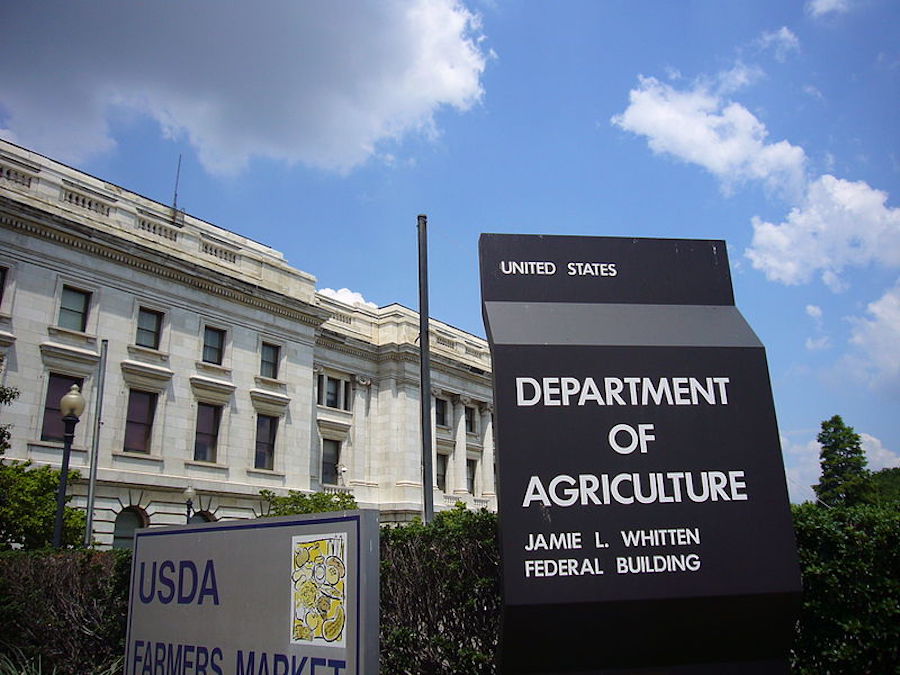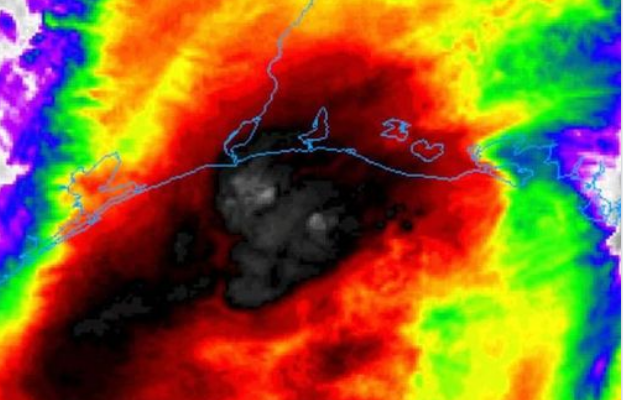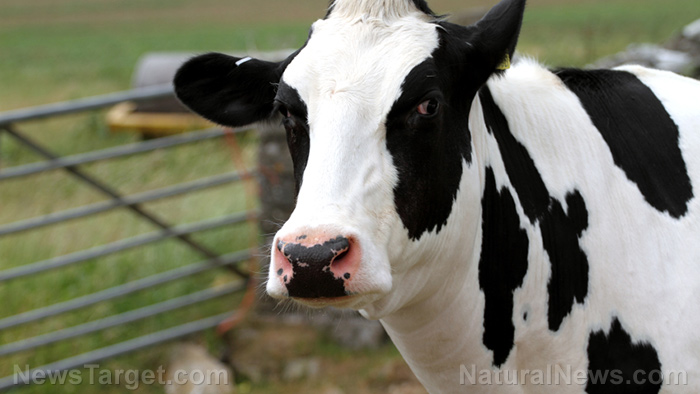 Parler
Parler Gab
Gab
Farmers sue USDA over wetland restrictions
The Fosters' rights are being violated by subjecting the family to federal micromanagement of how they farm to protect a mud puddle, said Tony Francois, a senior staff attorney at PLF. If the lawsuit proves successful, the Fosters will have the freedom to use their property as they see best, he added. Francois also said that the federal government has no power to control how farmers use puddles on their lands. But because the government provides aid like crop insurance assistance, they have power over them. The swampbuster provision restricts the use of wetlands in farm fields owned by recipients of USDA agricultural benefits. The provision defines wetlands as land that combines wetland hydrology, hydric soils and the ordinary production of plants that grow well in wet conditions. The provision disqualifies farmers who drain designated wetlands from eligibility for many federally-authorized agricultural benefit programs. However, the Fosters argue that the disqualification from those benefits should not apply to artificial wetlands. These wetlands are defined as those temporarily or incidentally created as a result of adjacent development activity. (Related: Adding cattle to wetland management practices benefits migratory bird populations, environment.) According to the Fosters, the mud puddle came about because Arlen's father planted a tree belt south of the farm in 1936 to prevent erosion. Because the tree belt has grown so tall, it collects deep snowdrifts each winter. When the weather warms in spring, the melting snow collects in a low spot in the middle of the farm, which forms into a mud puddle. The Fosters plan to carve out a shallow cut around the puddle to allow the water to drain off into a ditch during wetter years. However, doing so would render them ineligible to claim USDA benefits. But according to Francois, the government lacks the authority to insist that the family leave the puddle muddy. Therefore, the government is essentially threatening to take away the Fosters' ability to participate in federal programs in an attempt to protect the puddle. However, the Fosters have every right to use their property. Coercing them to do otherwise violates their right to their land, said Francois. Francois also said the government cannot force people to waive a constitutional right as a condition of claiming federal benefits. Learn more about how the government is attempting to cheat farmers at BigGovernment.news. Sources include: TheEpochTimes.com PacificLegal.orgThey are screwing with the weather maps: SUN is BAD!
By News Editors // Share
“Morally and intellectually corrupt”: UCLA professor resigns in protest over viewpoint intolerance
By News Editors // Share
The end of meat? Dutch “green” policies force dairy farmer to cull 95% of his herd
By Ethan Huff // Share





